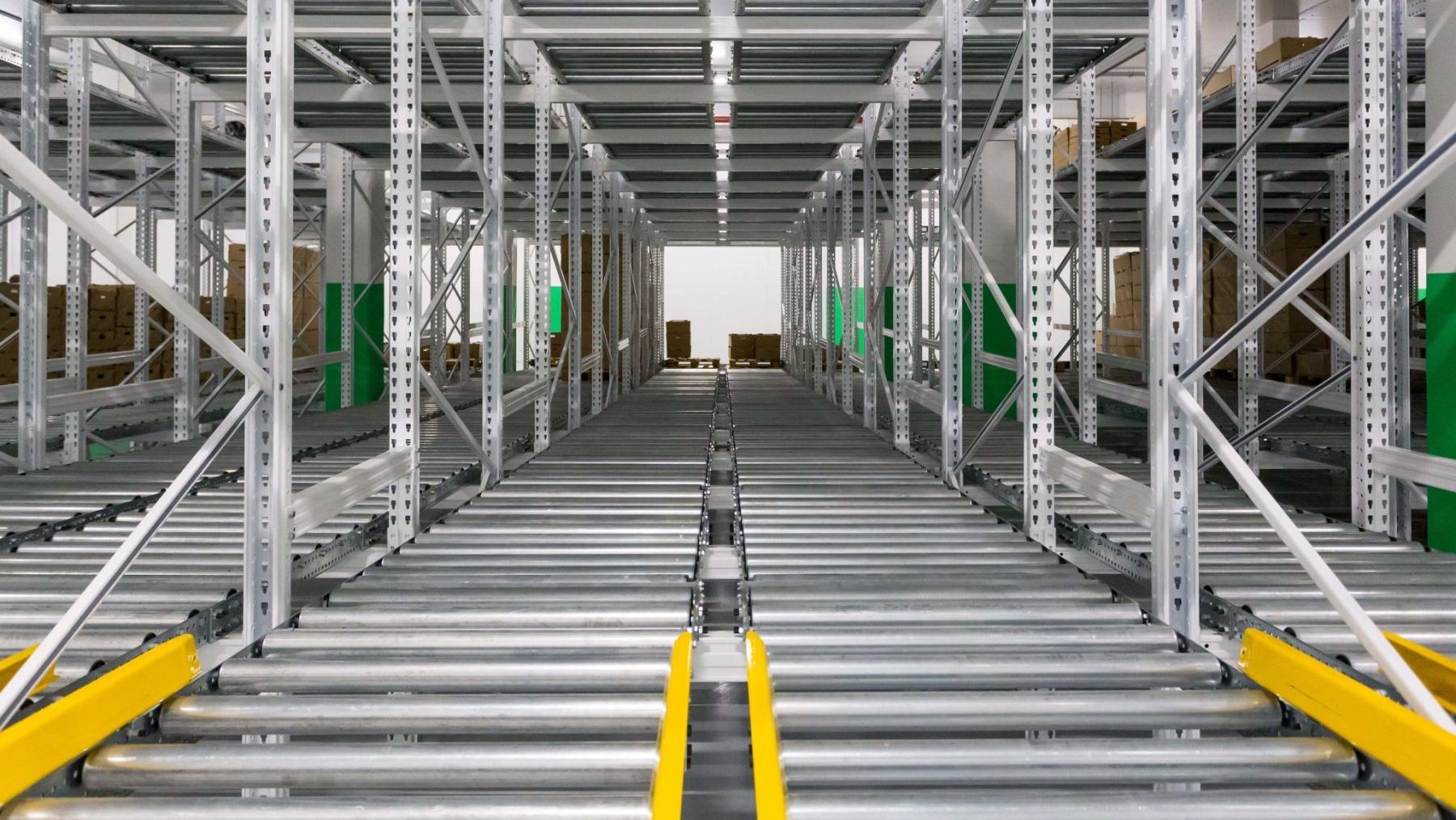
Europe is in danger of losing the battery race
306 days ago
5 minutes
Source: ECA
The EU risks falling behind in its bid to become a global battery powerhouse, according to a report published by the European Court of Auditors.
It is true that the EU’s industrial policy on batteries has been promoted effectively in recent years. But access to raw materials remains a major roadblock, along with rising costs and fierce global competition. The EU’s efforts to grow its battery production capacity might therefore not be enough to meet the increasing demand, meaning it may fall short of its 2035 zero-emission goal, the auditors warn.
Nearly 1 in every 5 new cars registered in the EU in 2021 had an electrical plug, and the sale of new petrol and diesel cars is to be banned by 2035. This has made batteries a strategic imperative for the EU. But Europe’s battery industry is lagging behind its global competitors, particularly China, which accounts for 76 % of global production capacity. To jump-start the EU’s bid to become a global battery powerhouse, the European Commission published a strategic action plan on batteries in 2018. It has largely delivered the plan’s key instruments to support the sector, including strategic leadership, laws and funding.
“The EU must not end up in the same dependent position with batteries as it did with natural gas; its economic sovereignty is at stake”, said Annemie Turtelboom, the ECA member who led the audit. “By planning to end the sale of new petrol and diesel cars by 2035, the EU is betting heavily on batteries. But it might have the weaker hand in terms of access to raw materials, attractiveness to investors and costs.”
Between 2014 and 2020, the battery industry received at least €1.7 billion in EU grants and loan guarantees, on top of state aid of up to €6 billion authorised between 2019 and 2021, mainly in Germany, France and Italy. But the auditors found that the European Commission has no overview of all public support for the industry, which hinders adequate coordination and targeting.
The EU’s battery production capacity is developing rapidly, with the potential to grow from 44 GWh in 2020 to 1 200 GWh by 2030. However, this projection is by no means guaranteed and could be jeopardised by geopolitical and economic factors.
Firstly, battery manufacturers may abandon the EU in favour of other regions, not least the US, which offers them massive incentives. Unlike the EU, the US directly subsidises the production of minerals and batteries, as well as the purchase of electric vehicles made in the US using American components.
Secondly, the EU depends heavily on imports of raw materials, mainly from a few countries with which it lacks trade agreements: 87% of its raw lithium imports come from Australia, 80 % of manganese imports from South Africa and Gabon, 68% of raw cobalt imports from the Democratic Republic of Congo, and 40% of raw natural graphite imports from China. Although Europe has several mining reserves, it takes at least 12-16 years from their discovery until production, making it impossible to respond quickly to increases in demand. However, current contractual arrangements typically secure the supply of raw materials for only 2 or 3 years of forward production. In March this year, the European Commission proposed a Critical Raw Materials Act to address this situation, the auditors note.
Thirdly, the competitiveness of EU battery production may be jeopardised by rising raw material and energy prices. At the end of 2020, the cost of a battery pack (€200 per kWh) was more than double the amount planned. In the last two years alone, nickel has risen in price by over 70% and lithium by 870%.
The auditors also criticise the lack of quantified, time-bound targets. Some 30 million zero-emission vehicles are expected on European roads by 2030 and, potentially, nearly all new vehicles registered from 2035 onwards will be battery-powered. However, the EU’s current strategy does not assess the capacity of its battery industry to meet this demand.
Overall, the auditors warn of two potential worst-case scenarios should the EU battery production capacity fail to grow as projected. The first is that the EU could be forced to delay its ban on vehicles with combustion engines beyond 2035, thus failing to meet its carbon-neutrality objectives. The second is that it could be forced to rely heavily on non-EU batteries and electric vehicles, to the detriment of the European automotive industry and workforce, in order to achieve a zero-emission fleet by 2035.
Background information
In April 2018, the European Commission published its action plan on batteries, with the overall aim of making Europe a global leader in sustainable battery production and use. It covers the different stages of the value chain and sets out goals and tools for achieving them.
The action plan identifies six objectives: (1) securing access to raw materials, (2) supporting European battery cell manufacturing at scale, (3) supporting EU research and innovation on advanced and disruptive technologies, (4) strengthening the EU workforce and skills, (5) supporting the sustainability of the EU battery cell manufacturing industry, (6) ensuring consistency with the broader enabling and regulatory framework.
Special report 15/2023, “The EU’s industrial policy on batteries: new strategic impetus needed”, is available on the ECA website.
In 2021, the ECA published a report on the European infrastructure for charging electric vehicles, which concluded that the EU is still a long way from reaching its Green Deal target of 1 million charging points by 2025, and that it lacks an overall strategic roadmap for electro-mobility.

LEVA EU
Campaign success
Lorem ipsum dolor sit amet, consectetur adipisicing elit, sed do eiusmod tempor incididunt ut labore et dolore magna aliqua.
Member profile
Lorem ipsum dolor sit amet, consectetur adipisicing elit, sed do eiusmod tempor incididunt ut labore et dolore magna aliqua.